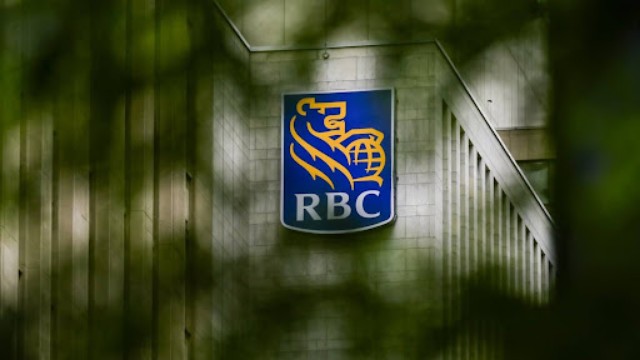
The logo of Tesla car is pictured at the Paris Auto Show, in Paris, Monday, Oct. 14, 2024. (AP Photo/Michel Euler)
The U.S. National Highway Traffic Safety Administration (NHTSA) is investigating Tesla’s "Full Self-Driving" system following several reports of crashes in low-visibility conditions, including one that led to a pedestrian's death. The probe was launched after Tesla reported four incidents involving sun glare, fog, and airborne dust, with one fatality and another injury.
The investigation will assess the system's ability to handle reduced visibility and examine the circumstances surrounding the crashes. It covers approximately 2.4 million Tesla vehicles from model years 2016 to 2024.
Tesla has maintained that its "Full Self-Driving" system does not allow for fully autonomous driving, requiring human drivers to remain alert and ready to intervene. The company did not immediately respond to requests for comment.
The investigation's outcome could have implications for Tesla's future self-driving plans, including its recently unveiled robotaxi without a steering wheel or pedals, which CEO Elon Musk aims to introduce in 2026. However, the NHTSA must approve any fully autonomous vehicles, making it unlikely these plans will move forward during the probe.
The agency is also reviewing whether other similar crashes have occurred under low visibility and if Tesla’s system updates have affected the vehicle’s performance in such conditions. One of the crashes involved a fatal accident in Arizona, where a pedestrian was killed after being hit by a Tesla Model Y, with sun glare playing a significant role.
Tesla has previously recalled the "Full Self-Driving" system twice, addressing issues such as running stop signs and disobeying traffic laws. Critics argue that Tesla’s reliance on cameras alone, rather than additional sensors like radar or lidar, hinders its ability to handle poor visibility. Meanwhile, Tesla's CEO, Elon Musk, insists that cameras alone should be sufficient, comparing them to human eyesight.
The investigation expands NHTSA's scrutiny of Tesla’s technology, focusing now on whether "Full Self-Driving" can properly detect hazards, a shift from earlier probes that primarily blamed drivers for failing to pay attention.















